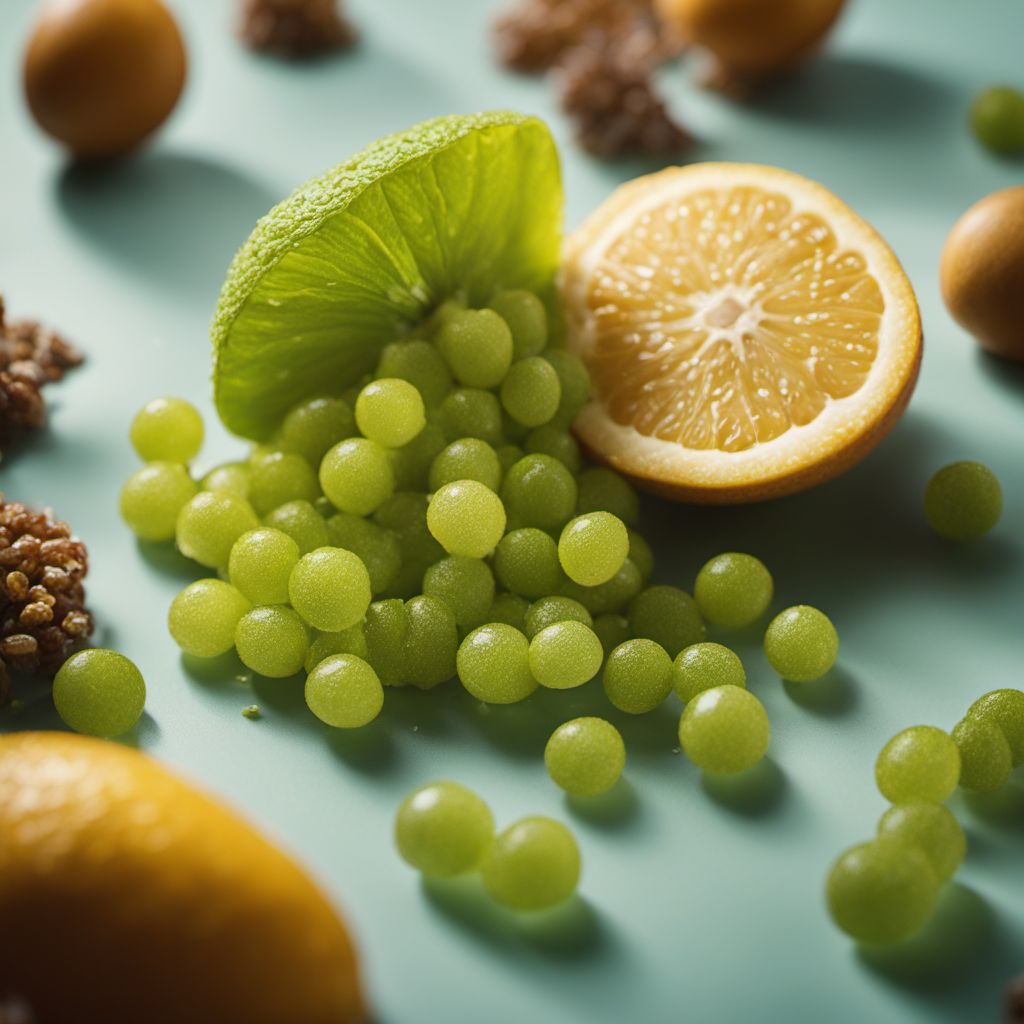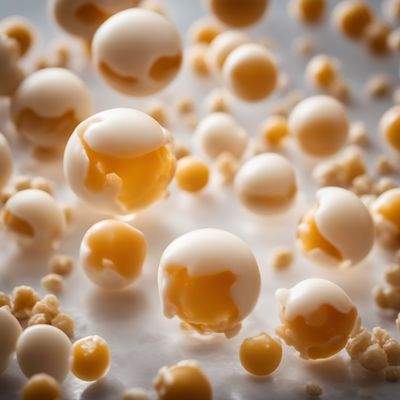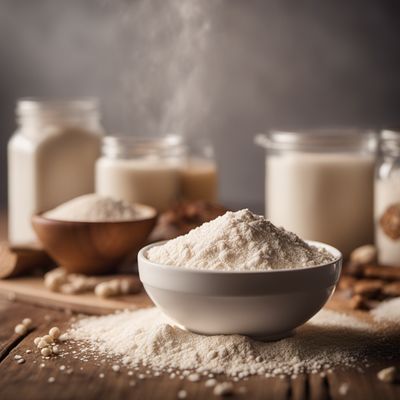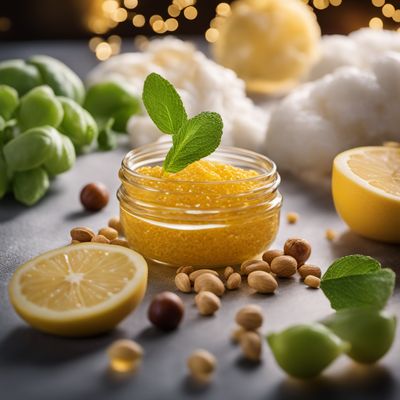
Ingredient
Acid
The Tangy Elixir: Unleashing the Power of Acidity in Culinary Delights
Acid, in the culinary world, refers to a wide range of ingredients that possess a sour taste. It is commonly found in fruits like lemons, limes, and oranges, as well as in vinegar and fermented foods. Acidity is a key component in achieving a well-rounded flavor profile, as it provides a refreshing and lively sensation on the palate. The taste of acid can range from mildly tart to intensely sour, depending on the specific ingredient and its concentration. In terms of texture, acids are typically liquid or semi-liquid, allowing them to easily blend with other ingredients. Visually, they can vary from clear liquids to cloudy or opaque substances, depending on their source and processing method.
Origins and history
The use of acid in cooking dates back centuries and can be traced to various cultures around the world. Citrus fruits, such as lemons and limes, have been cultivated for thousands of years and were highly valued for their acidic properties. Vinegar, another common source of acidity, has been produced since ancient times, with evidence of its use in ancient Babylon and Egypt. Fermented foods, such as sauerkraut and kimchi, have also been consumed for their acidic flavors and preservation benefits throughout history.
Nutritional information
Acidic ingredients, such as citrus fruits, are rich in vitamin C, which is essential for a healthy immune system. They also provide antioxidants and can aid in digestion. However, the nutritional content of acids can vary depending on the specific ingredient and its preparation.
Allergens
Acidic ingredients, such as citrus fruits, are generally not associated with common allergens. However, individuals with specific allergies or sensitivities should exercise caution and consult with a healthcare professional if necessary.
How to select
When selecting acidic ingredients, look for fruits that are firm, plump, and heavy for their size. For citrus fruits, choose ones that have a vibrant color and feel heavy in the hand, indicating juiciness. Avoid fruits with blemishes, mold, or signs of decay. When purchasing vinegar, opt for high-quality brands that are made from natural ingredients and have a balanced acidity level.
Storage recommendations
Acidic ingredients, such as citrus fruits, should be stored at room temperature if they will be consumed within a few days. For longer storage, refrigeration is recommended to maintain their freshness and prevent spoilage. Vinegar and fermented foods should be stored in a cool, dark place, away from direct sunlight and heat sources.
How to produce
While it may not be feasible for amateurs to produce their own vinegar or ferment foods, growing citrus fruits at home is a rewarding option. Citrus trees can be cultivated in containers or in suitable climates, providing a fresh supply of acidic fruits.
Preparation tips
To extract the maximum amount of juice from citrus fruits, roll them gently on a countertop before cutting and squeezing. When using acid in cooking, start with small amounts and gradually adjust to taste, as it can easily overpower other flavors. Acid can be used to marinate meats, tenderize tough cuts, balance rich dishes, and add a refreshing twist to sauces, dressings, and desserts.
Substitutions
If you don't have access to acid, you can substitute it with ingredients like yogurt, buttermilk, or sour cream, which provide a tangy flavor and acidity to dishes. However, keep in mind that these substitutions may alter the overall taste and texture of the recipe.
Culinary uses
Acid is a versatile ingredient used in a wide range of culinary applications. It is commonly used in marinades, salad dressings, vinaigrettes, sauces, and beverages. Acidic ingredients also play a crucial role in baking, as they react with leavening agents to create light and fluffy textures in cakes and pastries.
Availability
Acidic ingredients, such as citrus fruits and vinegar, are commonly available in grocery stores and supermarkets worldwide. However, the availability of specific varieties may vary depending on the region and season.
More ingredients from this category » Browse all

Glazing agent
Enhancing Food Appeal

Propellent gas
The Power Behind the Spray: Unveiling the Secrets of Propellent Gas

Preservative
Preserving the Goodness: Unveiling the World of Food Preservatives

Flour treatment agent
The Secret Ingredient for Perfect Baked Goods

Anti-caking agent
The Secret Ingredient: Unveiling the Magic of Anti-Caking Agents

Gelling agent
The Magic of Gelling Agents

Antioxidant
"Nature's Defense: Unleashing the Power of Antioxidants"

Thickener
The Art of Creating Perfectly Thickened Delights

Emulsifier
The Harmony Enhancer

Firming agent
The Secret Ingredient for Perfect Texture

Stabiliser
The Secret Ingredient for Perfect Texture

Binding agent
The Glue of Culinary Creations: Unveiling the Power of Binding Agents